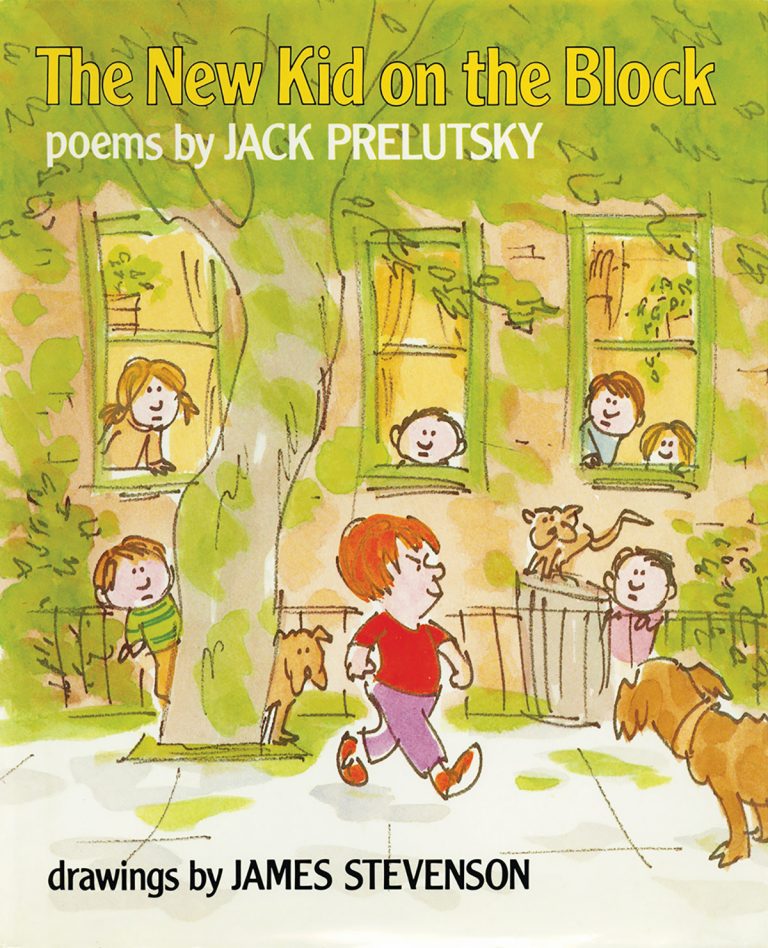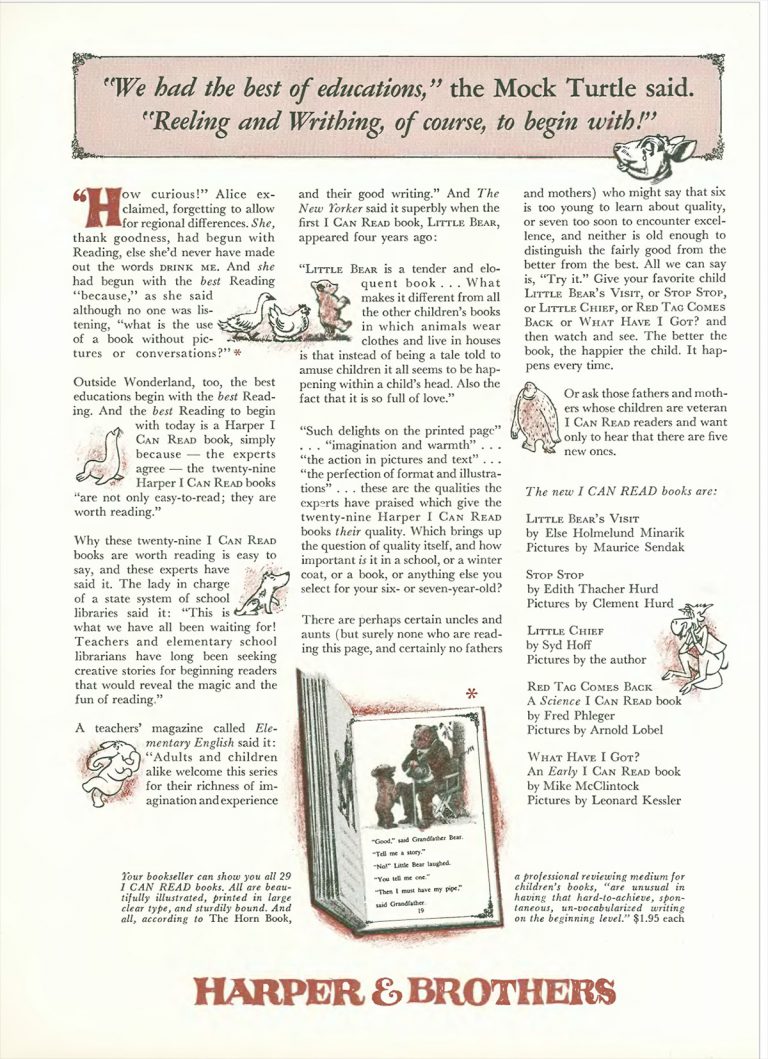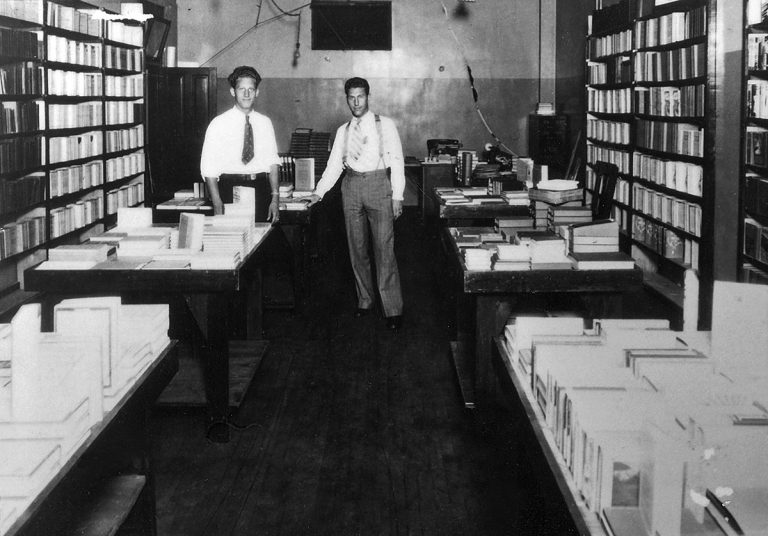1978: Zondervan publishes the New International Version (NIV) of the Bible…
Zondervan publishes the New International Version (NIV) of the Bible, a contemporary English translation that provides an accurate and understandable alternative to the King James Version. More


























